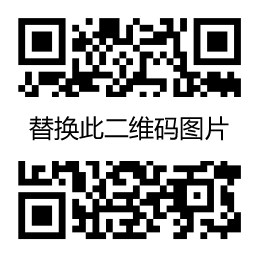I. Brief Statements Based on the Unit
The activities of this unit, including Warming-up, Listening,
Speaking, Reading and Writing, center on the subject-news and the
media, which are connected with our life closely. It provides the
students an opportunity to learn the language in using it.
By talking about news and the media, the students get more knowledge
about them-not only know about the important parts they play in
learning about the world, but also the ways they are written and
made. The students must be very interested in this subject. This
way, they can learn the language points easily and freely. They will
not only learn some useful words and phrases about news and the
media, but also learn to express opinions.
Besides, the study of the Grammar-the Past Participle can help the
students use the language more exactly. By finishing each task
provided in the textbook and the workbook, the students skills to
use language can be well developed.
Ⅱ. Teaching Goals
1. Talk about news and the media.
2. Practise expressing opinions.
3. Learn about the Past Participle (1): used as Attribute and
Predicative.
4. Write a comparison paragraph.
Ⅲ. Teaching Time: Four periods
IV. Background Information
1. RADIO
In ancient times the only way that men could send messages from
village to village was on foot. When men learned to use the horse,
communication became much quicker. However, compared to the modern
world communication was still quite slow. Many parts of the world
had no knowledge of events in other places. Later, the post was
introduced and horse riders carried letters. This meant that
communication was further improved. Horses drawn coaches could move
people from town to town in quite a comfortable way. At the
beginning of the last century the steam train was invented and for
the first time really fast communication became possible. Not only
could letters be sent easily from one part of a country to another,
but travel was made easy, too. At about the same time, steam ships
helped communication between countries.
The invention of the telegraph in the middle of the last century
further increased the speed at which messages could be sent. In this
system electrical signals, in code, are sent along metal wires.
These signals travel so fast that they could go nearly eight times
round the world in one second. A special device is needed to send
the code. At the other end another device is used in order to
receive the code. By this method messages can be sent over distances
of several hundred kilometres. With the invention of the telephone
the human voice could be sent over long distances. Because of this
the telephone system replaced the telegraph for quick communication
over long distances. The telegraph is still used, however, by
newspapers in order to send news and for other purposes too.
At the beginning of this century radio was invented and in a few
years communication was again improved. The main difference between
radio and telephone is that radio uses no electrical signals which
travel long distances along wires. Instead invisible waves, moving
at the same speed as electrical signals, are used. A few years ago
there were not many radio stations in the world. Today there are
many hundreds of radio stations broadcasting in different languages
and in all countries. The invisible radio waves can easily travel
from one country to another. This means that listeners in one
country can listen to programmes broadcast from another country. In
this way information travels from country to country. Radio is often
used by policemen to communicate with on
声明:有的资源均来自网络转载,版权归原作者所有,如有侵犯到您的权益 请联系邮箱:yuname@163.com 我们将配合处理!
原文地址:单元整体教案NSEFCII-U02(The first period)-教学教案发布于2021-10-22

